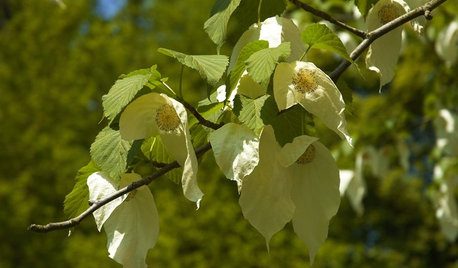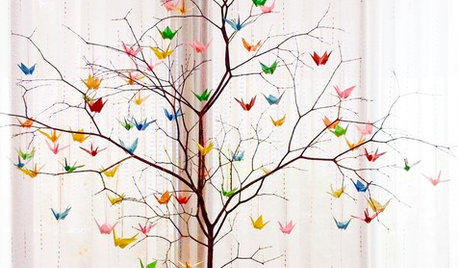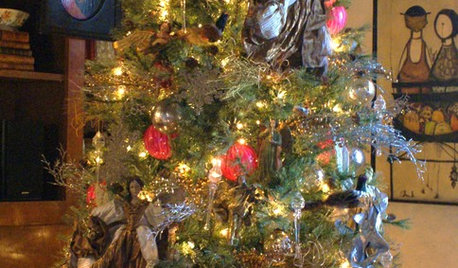What is the name this tree?
Sandra858
9 years ago
Related Stories

GARDENING GUIDESTree Care: Common Tree Diseases and What to Do About Them
Learn to recognize trees that may be affected by diseases or pests so you can quickly take action
Full Story
GARDENING GUIDESGreat Design Tree: Australian Tea Tree
A living sculpture with an unmistakable appearance, this coastal native creates an intriguing landscape scene
Full Story
GARDENING GUIDESGreat Design Tree: The Dove Tree
With distinctive fluttery flowers and a height that towers over the landscape, the dove tree provides a respite from the summer sun
Full Story
HOLIDAYSHouzz Call: Show Us Your Christmas Tree!
We’d love to see how you make your tree your own. Please show us your best photo and tell us about your traditions
Full Story
HOUZZ CALLShow Us Your Christmas Tree!
Are you proud of your holiday handiwork? Share a well-lighted picture of your decorated tree and tell us about it
Full Story
HOLIDAYSChristmas Tree Decorating the Painless Way
Holidays are for carols, not cussing. Make tree trimming less work and more fun with this guide at your side
Full Story
CHRISTMASReal vs. Fake: How to Choose the Right Christmas Tree
Pitting flexibility and ease against cost and the environment can leave anyone flummoxed. This Christmas tree breakdown can help
Full Story
CHRISTMAS TREESShow Us Your Merry and Bright Christmas Tree
Fa la ooh la la! As we dash through the snow toward the holiday, we want to see your decked-out tree
Full Story
HOLIDAYSHow to Care for Your Christmas Tree
Keep your tree looking lush until the last ornament is packed away with these tips for watering, using stands and more
Full Story
HOUZZ CALLShow Us Your Christmas Tree!
We want to see your holiday tree all dressed up for the season! Please show us your best photo and tell us all about it
Full Story










Kachana
ken_adrian Adrian MI cold Z5
Related Professionals
Garden City Landscape Architects & Landscape Designers · Lyons Landscape Architects & Landscape Designers · Anderson Landscape Contractors · Cicero Landscape Contractors · Damascus Landscape Contractors · Fair Lawn Landscape Contractors · Harvey Landscape Contractors · Northbridge Landscape Contractors · Wallingford Landscape Contractors · Baltimore Siding & Exteriors · Colorado Springs Siding & Exteriors · Lebanon Siding & Exteriors · South Plainfield Siding & Exteriors · Estero Decks, Patios & Outdoor Enclosures · Rosemont Decks, Patios & Outdoor EnclosuresCEFreeman
tlbean2004
sam_md
Embothrium
Toronado3800 Zone 6 St Louis
brandon7 TN_zone7
needinfo001
blakrab Centex
calliope
wisconsitom